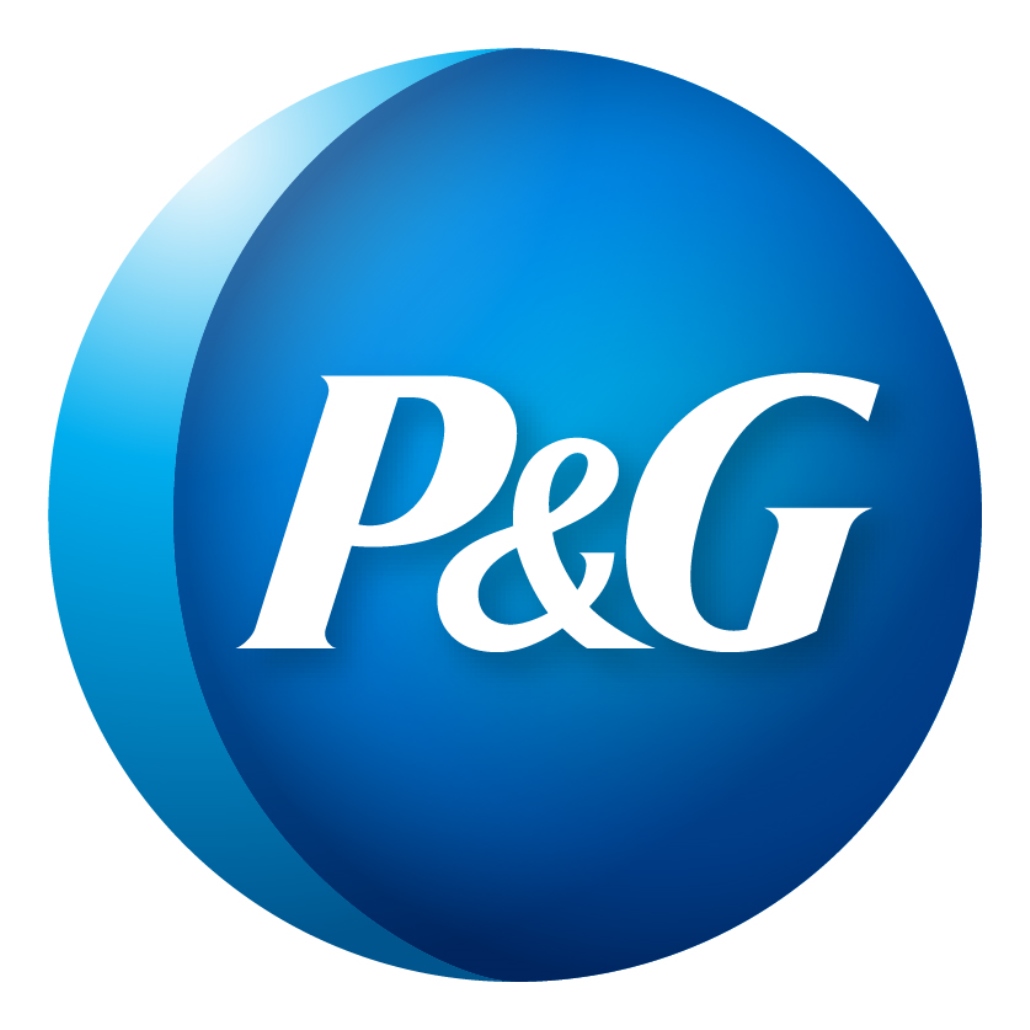Companies and Brands
Procter & Gamble Sinks, Now Worst-Performing Dow Stock of 2018

Published:
Last Updated:

Consumer products maker Procter & Gamble Co. (NYSE: PG) saw nearly 6% of its share price shaved away last week. That was enough for the company to wrestle away from GE the dubious honor of being the worst-performing Dow Jones industrial average stock of the year so far. P&G’s stock has dropped 19.8% since 2018 began.
The second-worst Dow stock so far this year is General Electric Co. (NYSE: GE), which is down 16.7%. That is followed by Walmart Inc. (NYSE: WMT), down 11.9%; Verizon Communications Inc. (NYSE: VZ), down 9.5%; and Johnson & Johnson (NYSE: JNJ), down 9.4%.
The Dow added 102.8 points over the course of the past week to close at 24,462.94, up just 0.4% for the week.
As far as investors are concerned, Procter & Gamble made two mistakes last week. First, the company said it would pay $4.2 billion for Merck KGaA’s consumer health unit. The acquisition adds vitamins and food supplements to P&G’s stable of over-the-counter products. The business generates about $1 billion in sales in more than 40 markets, not including the United States.
Just hours after the acquisition was announced, Procter & Gamble reported quarterly results that were weaker than hoped. P&G is still having trouble making money on its Gillette brand and is trying to gin up sales by cutting prices. Consumers are simply resisting P&G’s efforts to raise prices on the company’s well-known brands. That’s one reason for buying Merck KGaA’s consumer health business.
Procter & Gamble stock closed at $73.80 on Friday, down about 1.5% for the day in a 52-week range of $74.20 to $94.67. The 12-month consensus price target on the stock is $91.40, and the forward price-earnings ratio is 16.36.
The last few years made people forget how much banks and CD’s can pay. Meanwhile, interest rates have spiked and many can afford to pay you much more, but most are keeping yields low and hoping you won’t notice.
But there is good news. To win qualified customers, some accounts are paying almost 10x the national average! That’s an incredible way to keep your money safe and earn more at the same time. Our top pick for high yield savings accounts includes other benefits as well. You can earn up to 3.80% with a Checking & Savings Account today Sign up and get up to $300 with direct deposit. No account fees. FDIC Insured.
Click here to see how much more you could be earning on your savings today. It takes just a few minutes to open an account to make your money work for you.
Thank you for reading! Have some feedback for us?
Contact the 24/7 Wall St. editorial team.